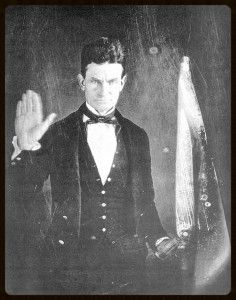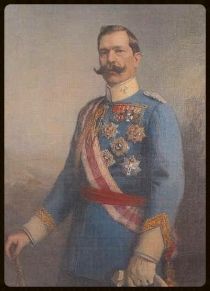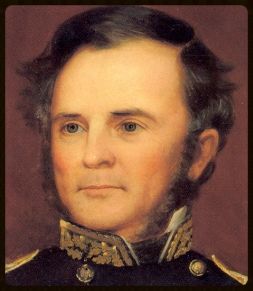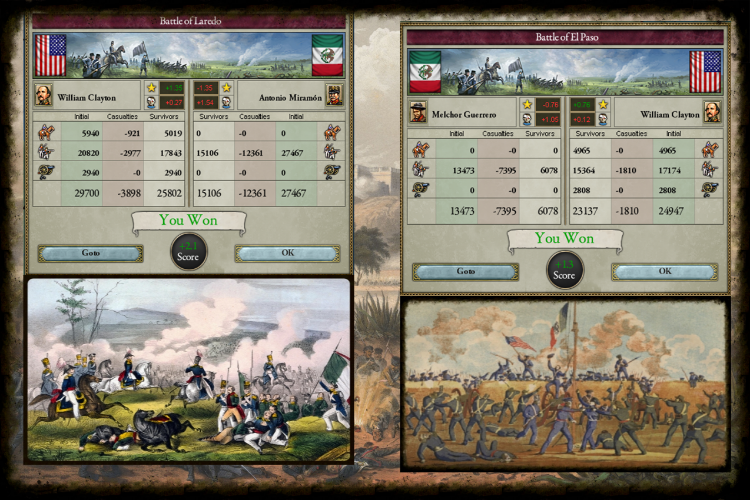I do think you have dabbled too much into the Mises Institute and libertarian revisionism about our political development and history
Enewald!

Although, I do share your (apparent or implicit) sentiments concerning Jefferson. I've never understood why he is so idolized by American libertarians despite his actual Presidency: of the early presidents he was oversaw the greatest expansion of federal government power of Washington, Adams (the Federalist), and his successors Madison and Monroe and the Qunicy Adams. Plus, his Embargo of 1807 is the antithesis of free trade and put us on the path to the War of 1812, and I also found it odd that libertarians tend to be non-interventionists on foreign policy but Jefferson was among the most internationalist of the Founding Fathers.
But we could always have a discussion of negative and positive liberty (via Isaiah Berlin) at a another place and time!

I would also kindly request, since written text is not always the best way to convey our tone, that we keep comments and replies in a liberal manner without prospective hostility or keep them to the developments of the AAR, although the thread itself is certainly permitting of dialogue on other topics as well.
BTW
99KingHIgh, I jsut started reading your L'orde Ancien AAR, and I must say, it's very enjoyable even if I'm only 1 page in. Although it appears that some of your early images no longer work, unless its just from my computer?














